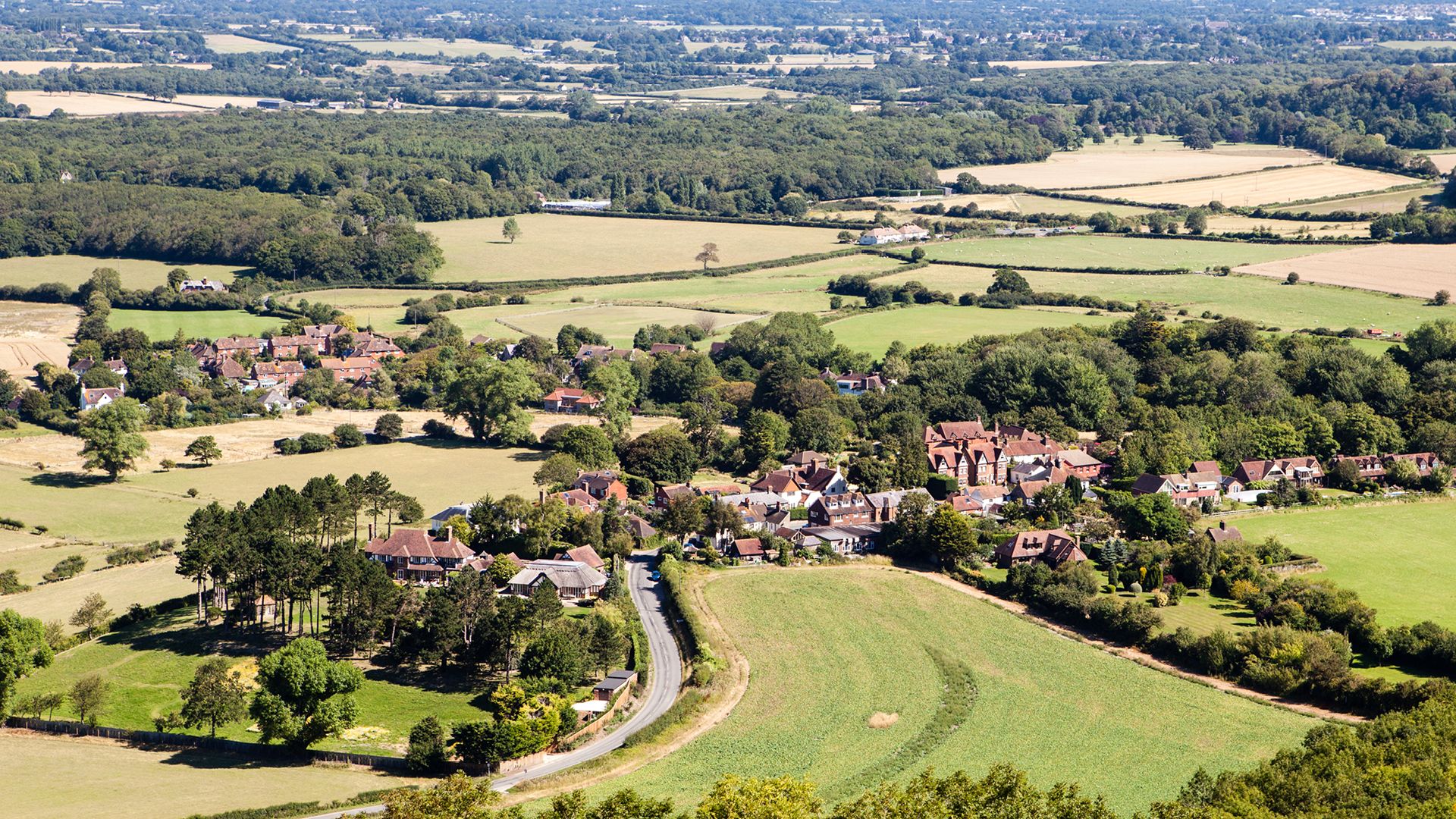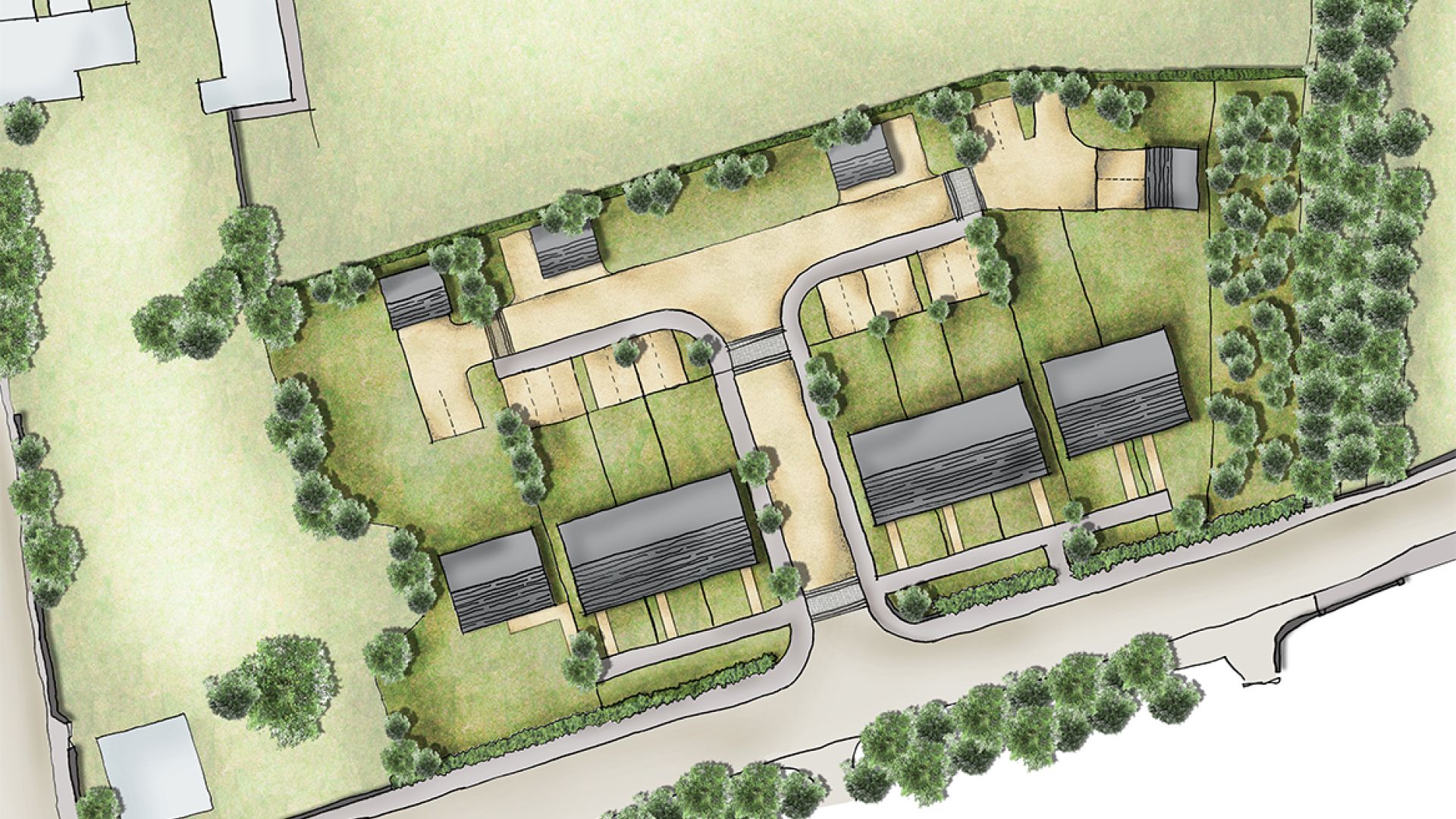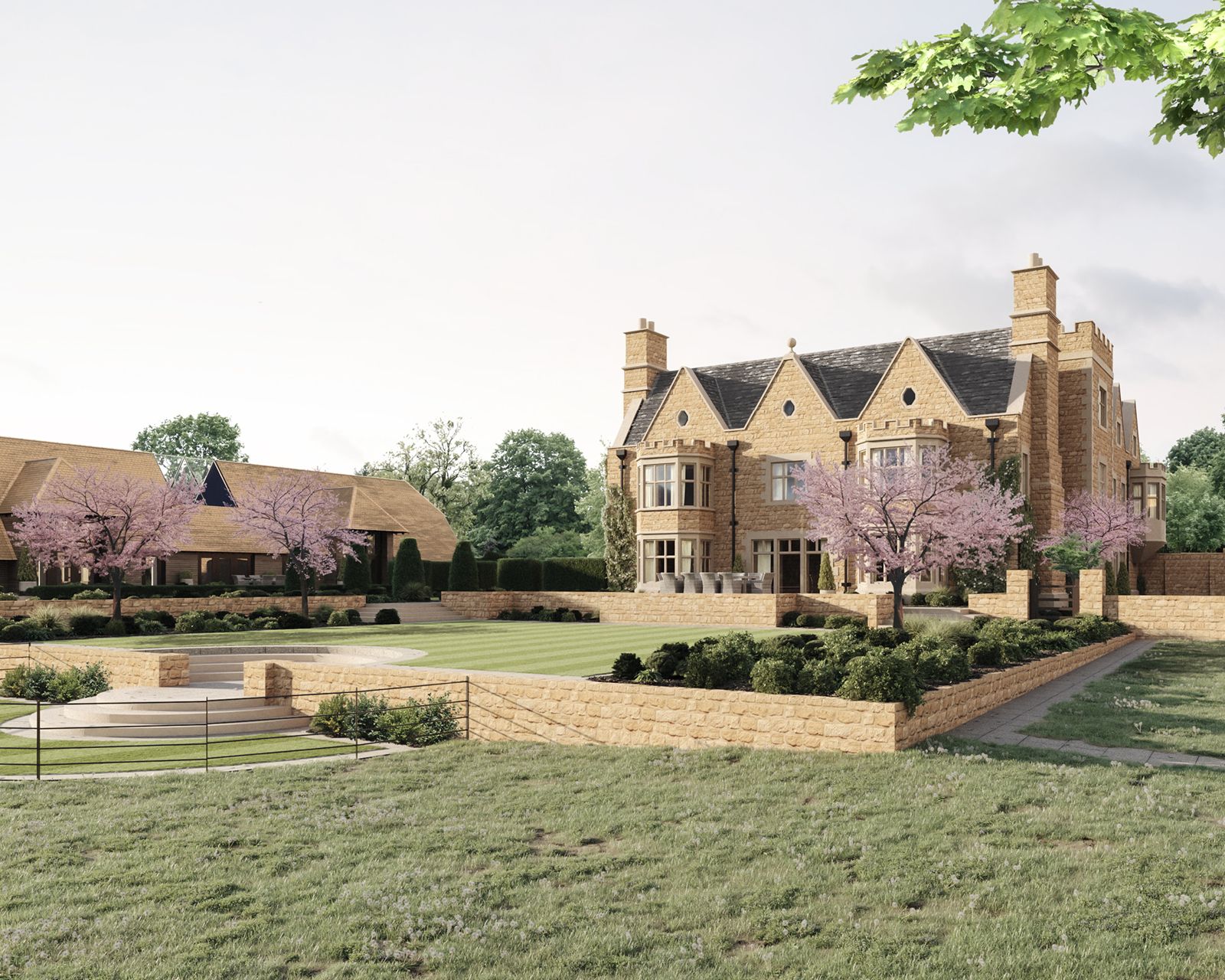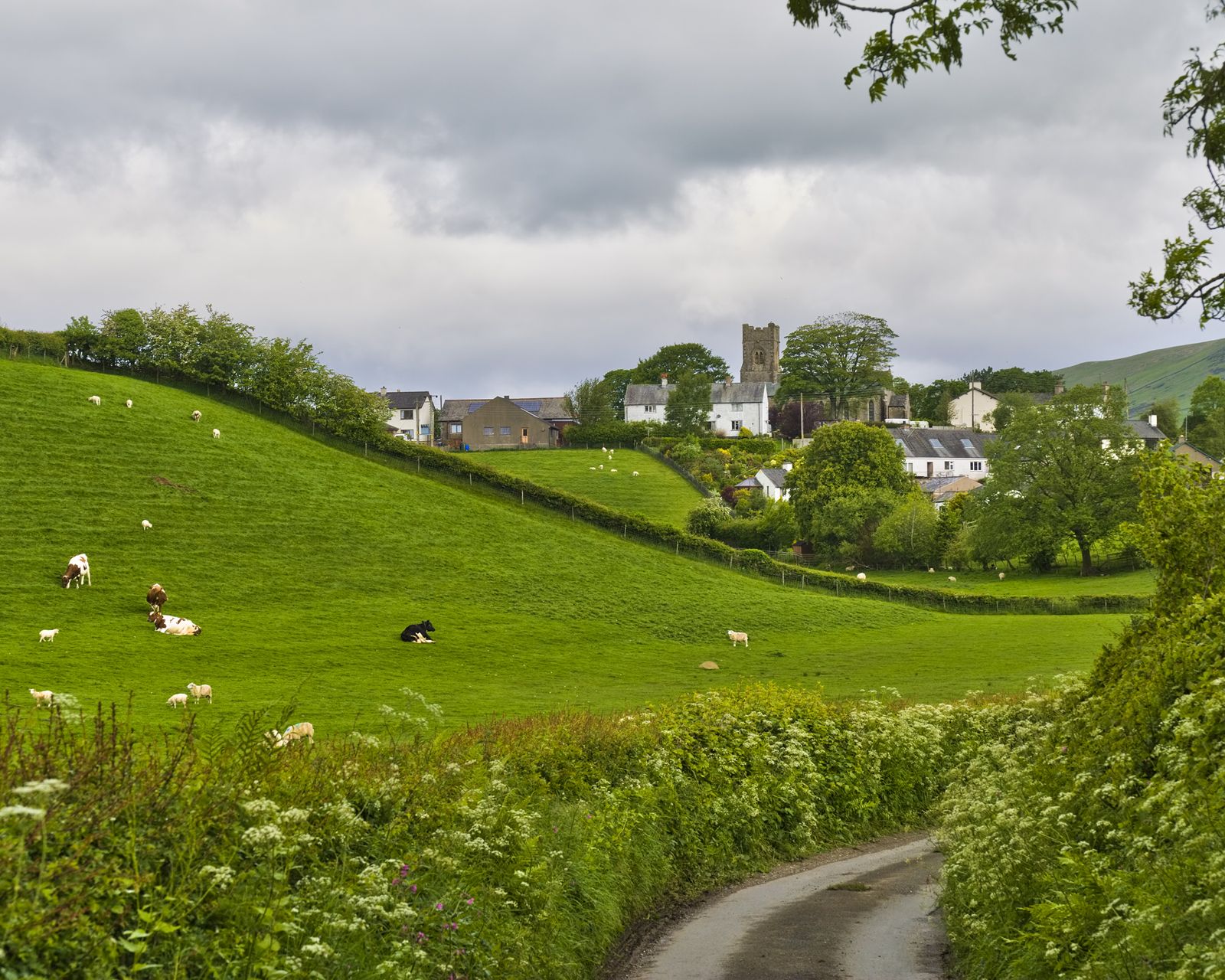Countryside conundrum: navigating the rural housing crisis
By Sally Ormiston | 14.03.24
Rural housing faces many challenges from lack of affordability to community resistance and planning constraints, but there are reasons to be optimistic.

Rural housing is a contentious issue. Challenges such as the acute lack of affordable homes, second homes and holiday lets limiting rental property supply, community resistance, and planning constraints meaning rural housing can be a divisive subject.
Undisputed though is the recognition that our current supply of rural housing stock is not meeting the needs of rural communities, and that it is constraining the ability of families to live in rural areas, and for rural businesses to find and retain staff. The price of fuel has also brought into focus how rural residents face disproportionate challenges in adapting to lower carbon living. These are all key ingredients for creating vibrant and sustainable rural places.
With proposals for new development often igniting fierce opposition in rural communities due to impact on the tranquillity and pressure on services, and the CPRE, stating that the rural housing crisis poses an existential threat to the survival of rural communities – how do we meet housing needs while protecting the very things that make rural living appealing?
Understanding rural housing need
First, we need to look at what the housing needs in rural locations are – both for the current population, but critically to retain and attract a more diverse set of residents to rural places. An aging population with fewer people of working age in rural areas is causing problems for rural businesses in finding staff, and for schools to maintain viable pupil levels.
The local development planning process needs to robustly forecast housing needs by volume and consider the right model for development, be it focussed on service villages or dispersed across a range of rural settlements.
New housing stock needs to provide greater choice, for example, suitable homes for those wishing to downsize, freeing up larger properties for families. The affordability and tenure mix also need to be considered to provide appropriate options for families, ensuring they are not priced out of the property market.
"Homes in rural areas usually cost more in relation to rural salaries. In 2022, the lower quartile house price to lower quartile earnings ratio in England was 8.8 in rural areas, compared to 7.6 in urban areas."
Affordability by design
One way to improve affordability is to reduce build costs. This can be achieved through modern construction methods such as prefabrication and modular building. However, the aesthetic of new homes in rural areas is often heavily scrutinised to preserve the unique character of villages. This can stifle the ability to introduce new housing types.

The topic ‘beauty in design’ has recently found its way into national planning policy – as discussed by our Head of Design in Beauty in architecture, potentially allowing for more innovative building styles in rural locations.
Building optimism
In many instances, the standard volume housebuilder approach to the delivery of housing is not agile enough to adapt to the needs of rural places, and more diversity is needed in developers and delivery models if we are to truly meet rural housing needs.
There are however reasons to be optimistic. In our work, we are seeing more rural landowners and estates such as Blenheim and Castle Howard looking to disrupt housing supply by working in partnership with smaller developers. The inherently long term view of estates as developers and place-shapers is helping to ensure architectural and landscape design, as well as environmental and affordability standards, are optimised.
It means also that decisions over where and what to build are being driven by place-making, and the sustainability of rural communities as well as profit.

Offering expertise in rural housing
Rural Solutions provide expertise to clients developing quality housing developments in rural communities.
Our work ranges from infill developments to larger schemes and village extensions, affordable homes, self-build, live-work, and eco-houses. Our aim is to help deliver homes that meet the needs, aspirations and commercial objectives of communities, landowners, and developers.
Contact us
From strategy to concept, design and planning to the delivery of the scheme, we can help you deliver high-quality schemes that support vibrant rural communities. Call us on 01756 797501 or email info@ruralsolutions.co.uk to find out more.


